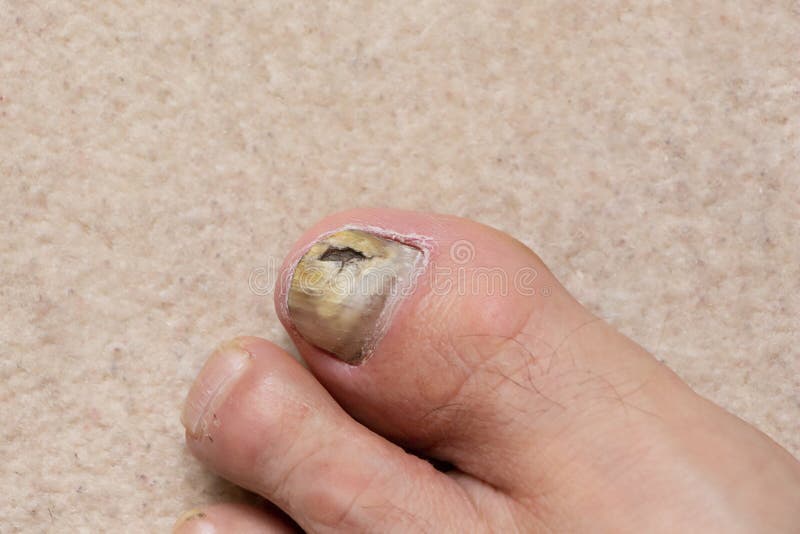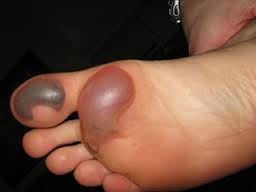
She also plans ahead for days that require lots of walking-like a recent trip to Sea World-by resting for a day or two afterward.īut she only has to travel as far as her closet to see the adjustments she’s made for her feet. “He takes such good care of me,” she says.Ĭantu’s family helps her, too. On a recent fairly bad morning, her boyfriend took her dog for a walk, made her a pot of coffee, and packed her a breakfast to help her get going. She also leans on family members and a few close friends. “That’s what gets me through.”Įwing tries to limit her walking on bad days and sometimes takes the morning off from work. “You kind of have to take it day by day and manage the pain as best you can,” she says. And she often has trouble sleeping because the pain is worse at night. Medications (she takes Aleve and sometimes Vicodin) don’t always help. “One of the biggest things is trying to find a balance between being able to go on with my daily life but also being able to manage the pain,” she says. Her feet also swell and hurt from arthritis. They become infected and my toes swell,” she explains. “What might take one person a week to heal, it takes me two months. “Then I started to get ulcers on the tips of my toes, and those became very deep and very painful.” Ewing says that her ulcers don’t heal quickly. “It just started off as an intense pain on the balls of my feet and my toes,” she says. About nine months ago, it showed up in her feet. Karin Ewing, 26, an e-learning and instructional specialist in Cincinnati, OH, was diagnosed with lupus six years ago and has had Raynaud’s phenomenon in her hands for some time. If they’re on an immunosuppressant, they’re at high risk for developing a worse infection because their immune system is suppressed,” Baek says. “For healthy people, a blister is going to heal fine, but for anyone else, it’s usually recommended that they see their general practitioner. People with chronic health conditions need to be especially careful about foot problems.
#Tiny balls that itch on feet skin
Obviously, watch for any type of skin breaks, signs of infection, and severe redness.” Common foot problems for people with chronic illnesses “In the summer, watch the amount of exposure in air-conditioned rooms. “We tell them to watch the temperature, especially in the wintertime,” Baek says. With the lesser forms of Raynaud’s, the treatment is mostly palliative. In the most extreme cases, a person can develop gangrene, Baek says. “Even in cases where on hot days we have the AC running, we’ll take a patient’s socks off, and in front of my eyes, I can see their toes blanching and turning white, turning purplish from the constriction of the vessels.”īesides numbness and discomfort, those with more severe cases of Raynaud’s may develop ulcers on their toes. “The smaller digital vessels-fingers and toes-are very sensitive to temperature changes,” Baek says. The second most common complication is Raynaud’s. Their most common symptoms, he says, are swelling and pain from arthritis in the foot and ankle. The autoimmune system attacks small blood vessels, causing them to constrict with exposure to cold.ĭavid Baek, DPM, a podiatrist who specializes in wound care at Shady Grove Podiatry in Gaithersburg, MD, sees many people with lupus or other autoimmune diseases. Every day, they swell and ache due to arthritis and turn blue from sensitivity to cold-a marker of a vascular disorder called Raynaud’s phenomenon, which is fairly common in people with lupus. Even though treatment has helped, her feet won’t let her forget that she has lupus. She eventually saw a doctor and was diagnosed with lupus, and she’s been in remission for four years.

We lived in a second-floor apartment, and I could barely get up and down the stairs.” “My boyfriend at the time was having to dress me drive me to work. But eventually, “was at the point where I couldn’t do anything on my own anymore,” she says.


She tried to ease her discomfort with over-the-counter medications for six months or so.

“It was mainly in the evenings after a day of work, and I really didn’t think much of it, but it gradually got worse and worse,” says the 26-year-old human resources associate from Bryan, TX. Jacklyn Cantu’s lupus symptoms began in her feet, when they swelled and turned blue six years ago.


 0 kommentar(er)
0 kommentar(er)
